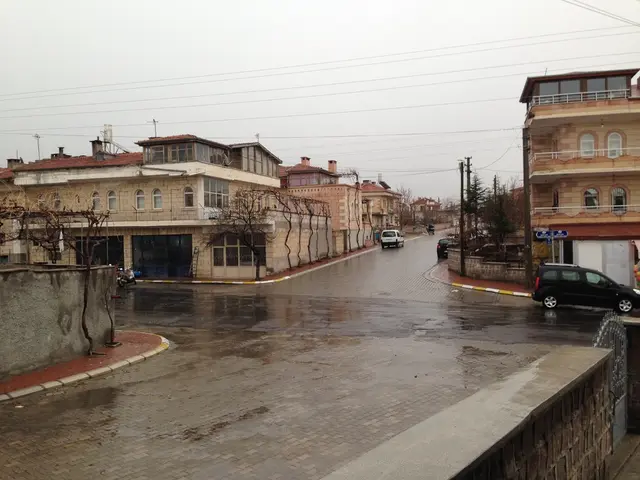Central Visayas, with Cebu at its helm, leads the Philippines as its foremost economic powerhouse.
Central Visayas, a region consisting of Cebu Province, Negros Oriental, and Siquijor, is experiencing rapid economic growth, with a growth rate of 7.3% in 2023 and 2024. This growth has solidified the region's position as both a logistics hub and a technology gateway, as outlined in various projects aimed at strengthening these sectors.
The Department of Finance reported that this growth continued even after the separation of Negros Island Region (NIR) in June 2024. Cebu, in particular, has transformed into a national economic powerhouse, influencing national growth.
One of the key drivers of this growth is the expansion of old and new industries. Cebu now accounts for 15% of the nation's full-time information technology and business process management (IT-BPM) workforce. The region is home to a major shipbuilding facility, with Japanese firm Tsuneishi recently building the world's first methanol-powered bulk carrier in Balamban.
Billions of pesos are being invested in transport and logistics projects, including the Cebu Bus Rapid Transit, the Cebu International Container Port, the Bohol-Panglao International Airport upgrade, and the planned Cebu-Mactan fourth bridge and coastal road.
However, the region faces challenges in ensuring the benefits of its growth reach all sectors, including workers, farmers, and small businesses. Unemployment stands at 6.1%, while underemployment has decreased to 6.5%, a sign of better job quality. Poverty has fallen from 27.6% in 2021 to 17.3% in 2023, with the government aiming to cut it to single digits by 2028.
Tourism is a significant contributor to the region's growth, with domestic tourism almost reaching pre-pandemic levels. However, foreign tourism, particularly from South Korea, remains uneven and volatile.
The government projects inflation will remain within the two-four percent target, and exports may rebound by the last quarter of 2025. Foreign trade contracted 10.7% due to weaker exports and imports. Foreign investments dropped 14.5% in early 2025, a concern flagged by officials who have also highlighted risks such as global headwinds, agricultural limits, foreign investment slowdown, and uneven recovery in international tourism.
To mitigate these risks and capitalise on the region's growth, the Philippine Economic Zone Authority launched its first AI tech academy to transform 45 ecozones into advanced manufacturing and artificial intelligence hubs. This initiative, along with continued investment in infrastructure and industries, could help secure Central Visayas' position as a key player in the Philippines' economic landscape.
Read also:
- Federal petition from CEI seeking federal intervention against state climate disclosure laws, alleging these laws negatively impact interstate commerce and surpass constitutional boundaries.
- Duty on cotton imported into India remains unchanged, as U.S. tariffs escalate to their most severe levels yet
- Steak 'n Shake CEO's supposed poor leadership criticism sparks retaliation from Cracker Barrel, accusing him of self-interest
- President von der Leyen's address at the Fourth Renewable Hydrogen Summit, delivered remotely




